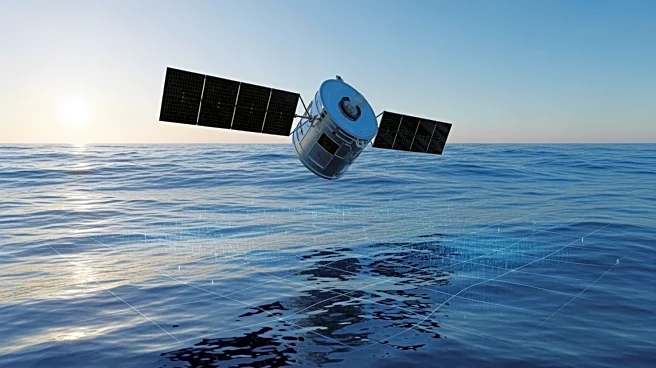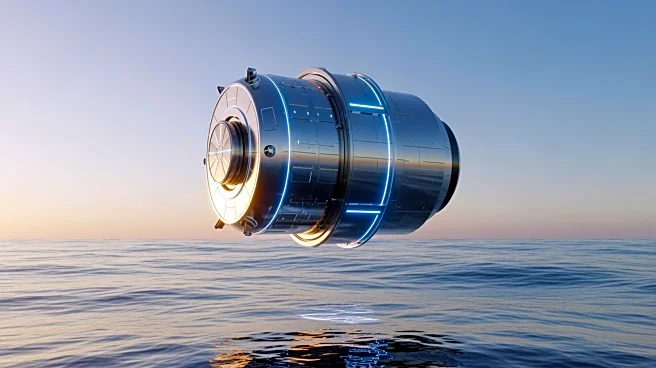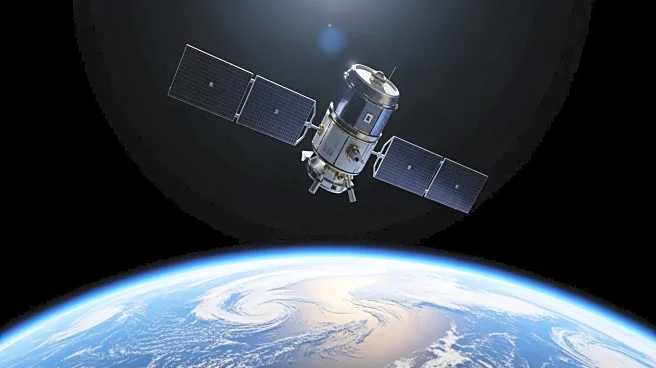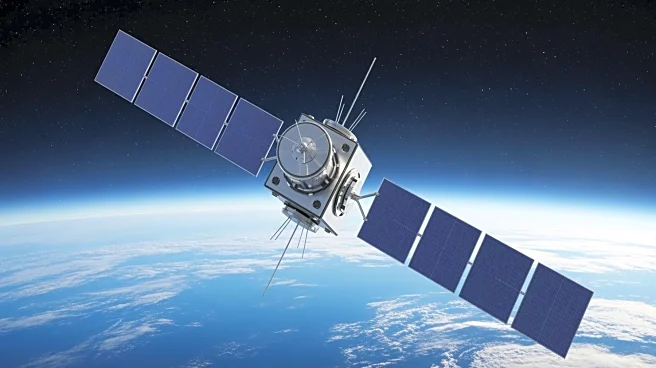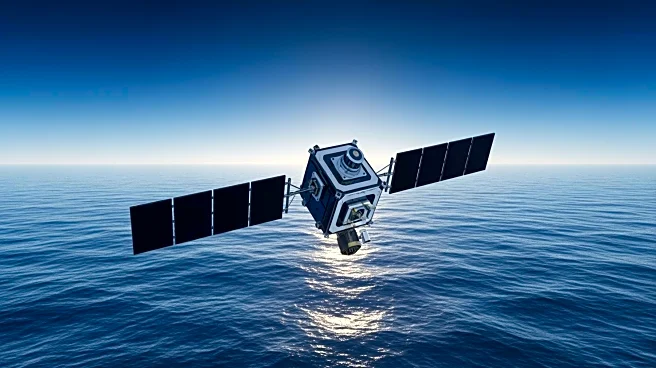What's Happening?
The European Centre for Medium-Range Weather Forecasts (ECMWF) is enhancing its climate monitoring capabilities through the development of digital twin technology. This initiative, part of the Destination
Earth project, aims to create a highly accurate digital replica of the Earth to simulate natural phenomena and human activities affecting the environment. The ECMWF, in collaboration with the European Space Agency (ESA) and the European Organisation for the Exploitation of Meteorological Satellites (EUMETSAT), is responsible for implementing digital twins focused on climate adaptation and weather extremes. These digital twins will provide comprehensive environmental data, aiding in informed decision-making and policy development. The project also involves partnerships with high-performance computing centers and technology vendors to leverage cutting-edge computing and big data.
Why It's Important?
The development of digital twin technology by ECMWF represents a significant advancement in climate monitoring and environmental management. By providing detailed simulations of the Earth's systems, this technology can enhance the accuracy of climate predictions and improve the ability to respond to environmental challenges. This initiative is crucial for policymakers, governments, and private entities as it offers a robust tool for planning and implementing climate adaptation strategies. The ability to model and simulate various scenarios will help in understanding the potential impacts of climate change and in developing effective mitigation measures. Furthermore, the collaboration with international organizations and technology partners underscores the global effort required to address climate change effectively.
What's Next?
As the digital twin technology progresses, ECMWF and its partners will continue to refine and expand the capabilities of these models. The focus will be on increasing the accuracy and detail of simulations, as well as enhancing user access to this data. Future developments may include additional digital twins covering other environmental aspects and further integration with global climate monitoring systems. Stakeholders, including governments and environmental agencies, are expected to utilize these tools for more effective climate policy formulation and disaster preparedness. The ongoing collaboration with international partners will likely lead to broader adoption and implementation of digital twin technology worldwide.
Beyond the Headlines
The implementation of digital twin technology by ECMWF highlights the growing importance of digital solutions in addressing complex environmental issues. This approach not only improves the precision of climate monitoring but also fosters international collaboration in tackling global challenges. The ethical and legal implications of using such advanced technology for environmental management will need to be considered, particularly in terms of data privacy and the equitable distribution of resources. Additionally, the success of this initiative could pave the way for similar technological advancements in other fields, such as urban planning and resource management.


